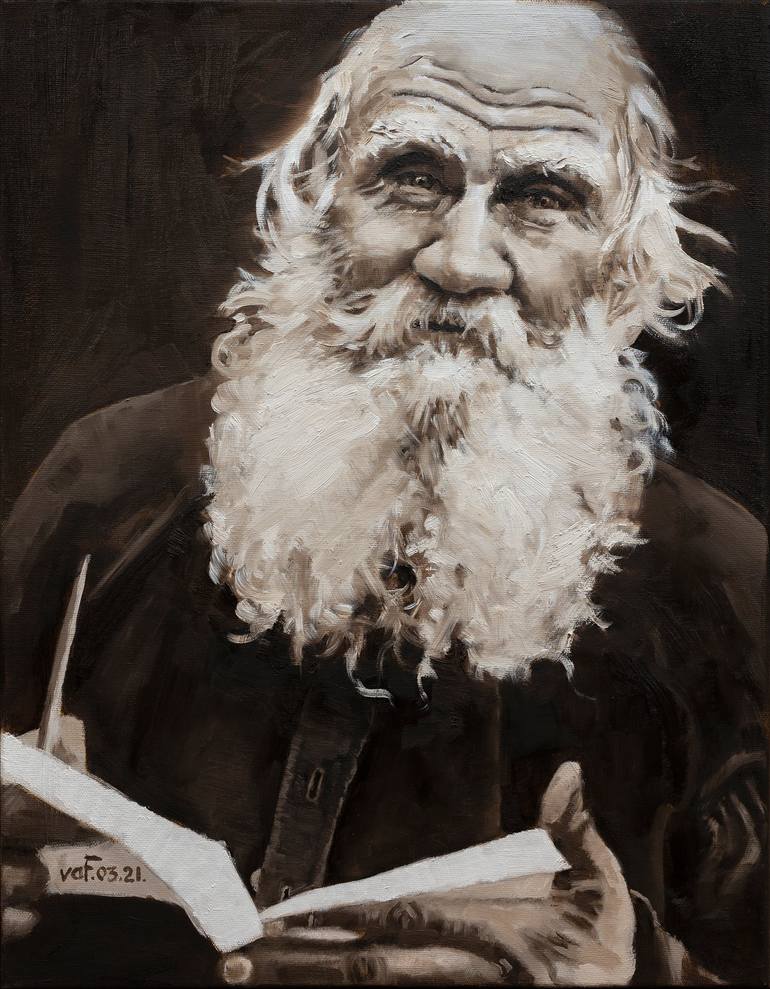Leo Tolstoy Archive
Written: 1904
Source: "Fables for Children," by Leo Tolstoy, translated from the original Russian and edited by leo Wiener, assistant Professor of Slavic Languages at Harvard University, published by Dana Estese Company, Boston, Edition De Luxe, limited to one thousand copies of which this is no. 411, copyright 1904, electrotyped and printed by C. H. Simonds and Co., Boston, Massachusetts, USA.
Transcription/Markup: Andy Carloff
Online Source: RevoltLib.com; 2021

The hares feed at night on tree bark; the field hares eat the winter rye and the grass, and the threshing-floor hares eat the grain in the granary. Through the night the hares make a deep, visible track through the snow. The hares are hunted by men, and dogs, and wolves, and foxes, and ravens, and eagles. If a hare walked straight ahead, he would be easily caught in the morning by his tracks; but God has made a hare timid, and his timidity saves him.
A hare goes at night fearlessly through the forests and fields, making straight tracks; but as soon as morning comes and his enemies wake up, and he hears the bark of dogs, or the squeak of sleighs, or the voice of peasants, or the crashing of a wolf through the forest, he begins to toss from side to side in his fear. He jumps forward, gets frightened at something, and runs back on his track. He hears something again, and he leaps at full speed to one side and runs away from his old track. Again something makes a noise, and the hare turns back, and again leaps to one side. When it is daylight, he lies down.
In the morning the hunters try to follow the hare tracks, and they get mixed up on the double tracks and long leaps, and marvel at the hare's cunning. But the hare did not mean to be cunning. He is merely afraid of everything.